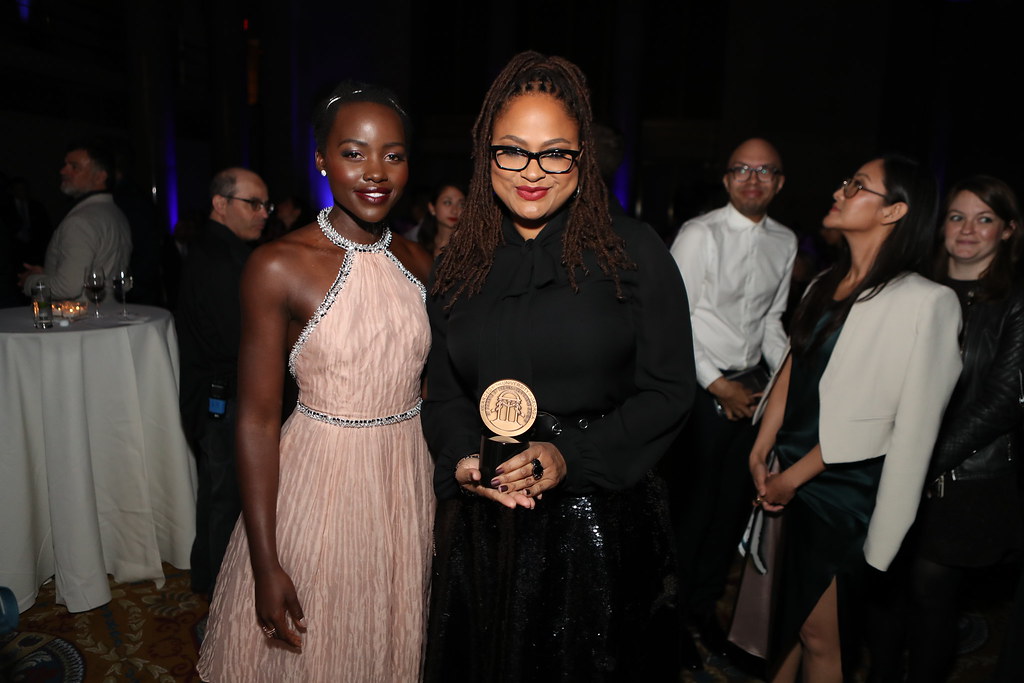
Hey there, dance fanatics and history buffs! Get ready to tap your toes and swoon a little because we’re about to take a dazzling deep dive into an era that truly defined rhythm, style, and pure showmanship: the 1930s. Now, when we talk about the ’30s, it’s easy to picture soup lines and Hoovervilles, given that the United States was battling the Great Depression with unemployment rates soaring to 24.9%. But amidst these tough times, something truly magical happened on stages and silver screens across America: dance became an irresistible escape, a beacon of hope, and a whole lot of fun!
It was a time when musicals truly began to take off, not just for the incredible singing but for the absolutely captivating dance numbers that stole hearts and saved studios from bankruptcy. Audiences were absolutely hungry for “something kind and romantic, and, not to mention. melodic.” These incredible performers delivered, bringing much-needed joy and spectacle. From elegant ballets to acrobatic tap, these partnerships weren’t just about steps; they were about chemistry, innovation, and creating unforgettable moments that echoed through generations.
So, buckle up! We’re celebrating the dynamic duos and unforgettable partnerships that became the absolute legends of rhythm and the musical scene, carving their names into history with every dazzling move. These are the icons whose artistry captivated millions, proving that even in the toughest times, the show must — and spectacularly did — go on! Let’s get this party started and revisit some of the most sensational pairings that made the 1930s, and beyond, sing with pure motion.

1. **Fred Astaire and Ginger Rogers**Can we even talk about dance legends without kicking things off with the undisputed King and Queen of Hollywood musicals, Fred Astaire and Ginger Rogers? Affectionately known as ‘Fred and Ginger,’ this duo was to musical movies what Margot Fonteyn and Rudolf Nureyev were to ballet—pure, unadulterated magic! Their partnership didn’t just entertain; it actually *saved* RKO Studios from going under during the Great Depression. Talk about impact!
Their story began a few years before their screen debut when they met on Broadway. Astaire was already a seasoned professional, dazzling audiences alongside his elder sister Adele, while Rogers was a fast-rising star. It was on an “awkward rug in the lobby of the Alvin Theatre” where Astaire recalled they first danced together. Little did they know, this casual encounter would spark one of cinema’s most enchanting collaborations.
Their first movie together, ‘Flying Down to Rio’ in 1933, was technically Astaire’s second film and Rogers’ twenty-second! Despite their fourth and fifth billing, it was their brief yet electrifying dance, “The Carioca,” that truly captivated audiences. Hermes Pan, the young assistant dance director, had a brilliant suggestion for the number: “put their foreheads together while dancing.” The moment their eyes locked, the magic was undeniable, and RKO producer Pandro Berman recalled in 1979, “It became apparent, immediately at the first preview, that they were audience favorites. They had stolen the picture.”
Following this runaway success, RKO immediately began to capitalize on their newfound stars. Over six years, Astaire and Rogers churned out nine films for the studio, raking in over $20 million and proving to be the lifeline RKO desperately needed. Astaire, who had just begun his third decade as a professional dancer by the time he signed with RKO, quickly secured total artistic control over his musical numbers, a testament to his vision and talent. With Hermes Pan’s creative imagination and his own adept choreography, they crafted routines that were stylish, sophisticated, and utterly suave, delivering exactly what audiences craved: something kind, romantic, and melodic.
Rogers, despite never receiving formal dance instruction, proved to be an exceptionally gifted partner. While Astaire had initially starred in ‘Gay Divorce’ on stage with Claire Luce, who was more attuned to slow, romantic dances, Rogers quickly mastered the steps and tempo for the film adaptation, ‘The Gay Divorcee’ (1934). Astaire himself boasted, “She just sold it beautifully. She knew how to sell it.” Their collaborative spirit, incredible chemistry, and exceptional talents made them synonymous with cinematic dance, continuing to beguile cinephiles and inspire dancers even ninety years later.
Read more about: The A-List Tightrope: 8 Actors Who Show How Easily Your Big Break Can Slip Away
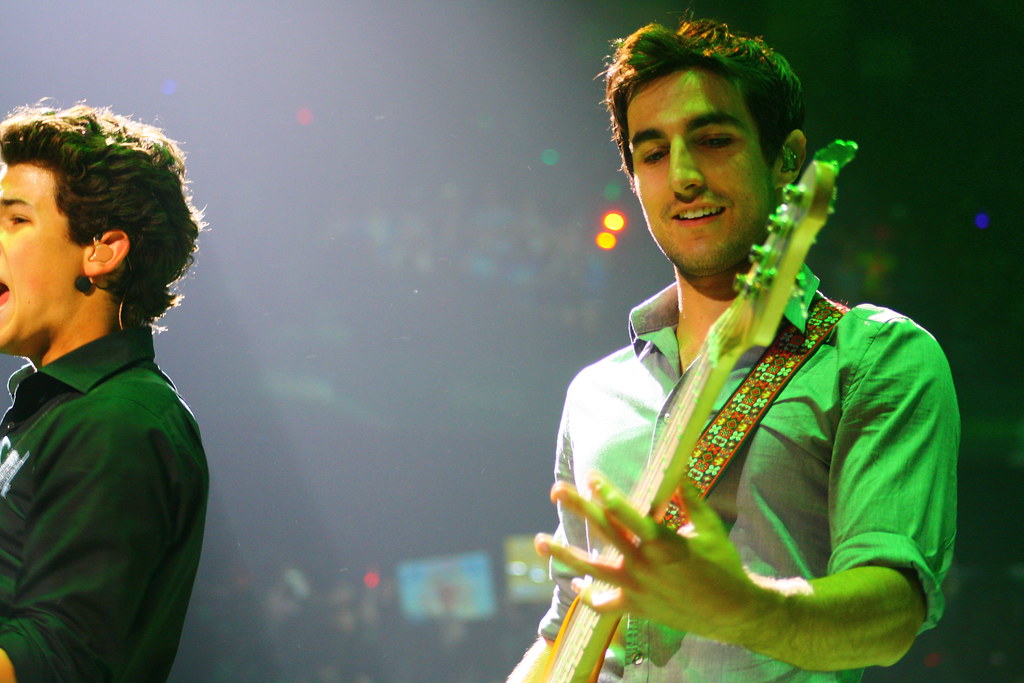
2. **The Nicholas Brothers (Fayard and Harold)**Get ready for some jaw-dropping, gravity-defying moves, because next up are the legendary Nicholas Brothers, Fayard and Harold! These brothers weren’t just dancers; they were a full-blown entertainment act that dazzled audiences primarily between the 1930s and 1950s. They were the undisputed masters of “flash dancing,” a highly acrobatic technique that they made their own, earning them the reputation as some of the greatest tap dancers of their day, if not of all time.
Growing up in Philadelphia, Fayard and Harold were surrounded by vaudeville acts, their college-educated musician parents playing in their own band. From the tender age of three, Fayard was front row, soaking in the performances of greats like Alice Whitman, Willie Bryant, and Bill Robinson. He was captivated by the fusion of tap dancing and acrobatics, teaching himself and then his younger siblings by watching and imitating. Neither Fayard nor Harold had any formal dance training, which makes their virtuoso talent even more astounding.
Their talent didn’t stay a secret for long. After local radio and theater gigs in Philadelphia, they caught the eye of a manager from Harlem’s Lafayette Theatre and were quickly catapulted into the New York scene. By 1932, when Harold was just 11 and Fayard 18, they became the featured act at the iconic Cotton Club in Harlem. They absolutely astonished their audiences, dancing to the vibrant jazz tempos of “Bugle Call Rag.” They even stood out as the only African-American entertainers allowed to mingle with the white patrons – a testament to their undeniable appeal and talent during a racially segregated era.
Their unique style, a hybrid of tap, ballet, and acrobatics, was exactly what the era demanded. They performed at the Cotton Club for two exhilarating years, sharing the stage with jazz giants like Lucky Millinder, Cab Calloway, Duke Ellington, and Jimmy Lunceford. This period also saw their uncredited movie debut in the 1932 short, ‘Pie, Pie Blackbird,’ featuring Eubie Blake and his orchestra, giving the world a taste of their dynamic presence on screen.
Hollywood soon came calling, with producer Samuel Goldwyn bringing them to California for their first credited film performance in ‘Kid Millions’ (1934). They then conquered Broadway, appearing in the ‘Ziegfeld Follies of 1936’ and Richard Rodgers and Lorenz Hart’s ‘Babes in Arms’ in 1937. Their choreographer, George Balanchine, was so impressed that he invited them to appear in ‘Babes in Arms’, and with his training, they learned many new stunts, leading many to presume they were trained ballet dancers. Their soaring leaps, expressive hands, and signature move of leapfrogging down stairs into a split, then rising without using their hands, made them unforgettable. Fred Astaire himself once declared their “Jumpin’ Jive” number in ‘Stormy Weather’ (1943) as the greatest dance routine he had ever seen on film, a truly legendary seal of approval for these kings of rhythm!
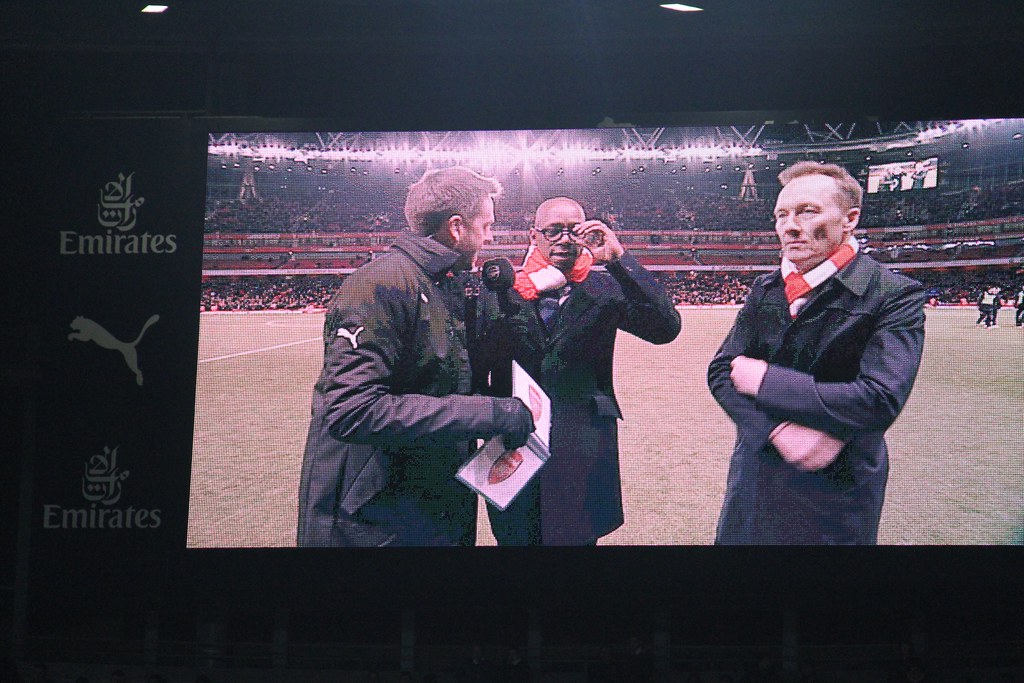
3. **Ruby Keeler & Lee Dixon**Stepping into the spotlight next are Ruby Keeler and Lee Dixon, a delightful duo who brought their own unique rhythm to the musical scene of the 1930s! While Fred and Ginger might have cornered the market on elegant ballroom, Keeler and Dixon showed off a different kind of ingenuity and fun, perfectly capturing the playful spirit of the era’s grand spectacles. Their performances were a refreshing blend of charm and clever choreography, often integrating everyday objects into their routines in the most unexpected ways.
Their most memorable collaboration that truly stands out is their incredible tap-dancing duet in the 1937 film, ‘Ready, Willing & Able.’ What made this particular number so iconic? Well, they performed it on top of a giant typewriter! Yes, you read that right – a massive, prop typewriter where the keys became their percussive stage. This incredibly unique yet somewhat novel scene showcased not just their individual talents but their ability to harmonize their intricate footwork with an imaginative, larger-than-life concept.
This kind of playful inventiveness was a hallmark of 1930s musicals, especially those choreographed by talents like Bobby Connolly. The “typewriter dance” was a spectacle that encapsulated the era’s blend of showmanship and lighthearted escapism. It was a reminder that even in the midst of economic hardship, creativity could flourish, turning an everyday object into a stage for joyous, synchronized movement.
Keeler and Dixon, through this and other performances, contributed significantly to the rich tapestry of 1930s dance, demonstrating that rhythm could be found and celebrated in the most imaginative settings. Their ability to deliver a technically impressive and utterly charming performance on such an unconventional stage secured their place as a truly unique and memorable partnership in the golden age of movie musicals.

4. **Laurel & Hardy**Now, who said dance always had to be super serious and technically perfect? Not Laurel & Hardy, that’s for sure! While they’re primarily known as comedic legends, Stan Laurel and Oliver Hardy undeniably made their mark on the musical scene of the 1930s with their seemingly simple yet utterly delightful and incredibly memorable comical dances. They proved that rhythm and charm could be delivered with a hefty dose of laughter, providing much-needed comic relief during the trying times of the Great Depression.
Their unique brand of physical comedy often incorporated movement that, while not traditionally categorized as “dance,” certainly had a rhythm and choreography all its own. Their timing, their expressions, and their synchronized (or hilariously unsynchronized) movements created a dance of absurdity that audiences adored. They weren’t executing pirouettes or flash splits, but their gentle shuffling, their bewildered gestures, and their endearing clumsiness had a magnetic pull.
One of their most iconic and cherished dance moments comes from their 1937 film, ‘Way Out West.’ In this scene, they perform a soft-shoe routine that is pure Laurel & Hardy – understated, charming, and utterly captivating in its simplicity. It’s a moment that sticks with you not for its flashy technique, but for its genuine warmth and the pure joy it evokes. They transformed a routine dance into a heartfelt, humorous interaction, showcasing their unparalleled chemistry and the power of comedic timing.
Their contribution to the “musical scene” of the 1930s was about expanding what dance could be. They showed that it wasn’t just about grace or power, but also about personality, relatability, and making people smile. Laurel & Hardy, with their unique blend of humor and movement, carved out a special niche, proving that absolute legends of rhythm don’t always need to be elegant — sometimes, they just need to be genuinely funny and wonderfully human.
Read more about: Behind the Glitz: 14 A-Listers Who Flat-Out Refused to Share the Screen (And What Went Down)
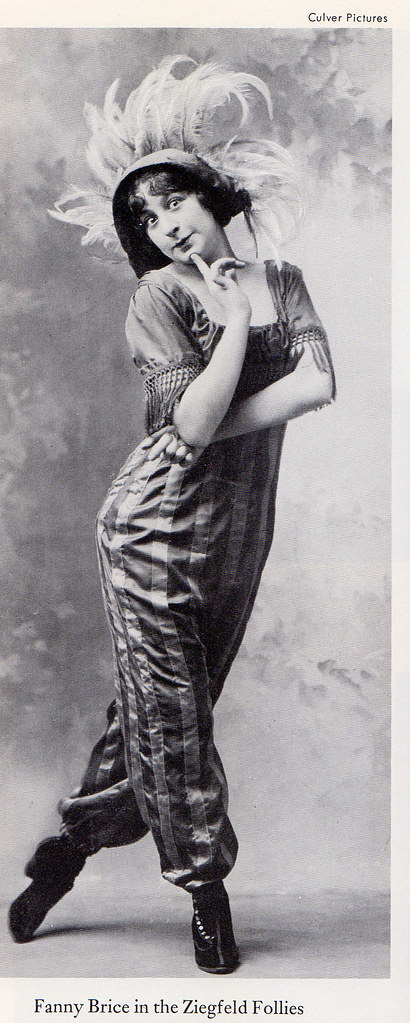
5. **Harriet Hoctor & Fred Astaire**Just when you thought Fred Astaire had already reached peak legendary status with Ginger Rogers, he showcased his incredible versatility and collaborative spirit in yet another memorable 1930s partnership: this time, with the exquisitely talented ballerina Harriet Hoctor! Featured in the 1937 film ‘Shall We Dance,’ their dance scene, known as ‘Hoctor’s Ballet,’ stands as a testament to Astaire’s ability to adapt his style and uplift his partners, creating something truly beautiful and distinct.
Harriet Hoctor was not just any dancer; she was a ballerina of significant acclaim, and the music for this tremendously elegant dance scene was composed by the legendary Gershwin specifically with her in mind. This was a unique collaboration where classical ballet met Astaire’s sophisticated, jazz-inflected style, orchestrated to highlight Hoctor’s specific strengths and artistry. It offered audiences a different facet of Astaire’s genius, showing his respect for classical forms and his seamless ability to integrate with diverse dance talents.
Their duet, choreographed by the ever-present Hermes Pan, was a masterclass in elegance and precision. It wasn’t the fiery, romantic energy of Astaire and Rogers, but a more refined, ethereal beauty. Hoctor’s ballet background brought a distinct grace and precision to the screen, complementing Astaire’s fluid movements perfectly. The scene was designed to showcase Hoctor, allowing her to shine as the ballerina for whom the music was penned, creating a memorable moment that stood out in a film already packed with Astaire’s brilliance.
This partnership underscored the richness and variety of the 1930s musical landscape, demonstrating that the ‘musical scene’ was broad enough to encompass everything from flash tap to sophisticated ballet. It highlighted Astaire’s unparalleled ability to create magic with any partner, always ensuring that the dance, the music, and the combined artistry of the performers took center stage. Harriet Hoctor and Fred Astaire, though a less frequent pairing than Astaire and Rogers, undeniably contributed a gem to the decade’s collection of legendary rhythms and cinematic dances, leaving an indelible mark of grace and artistry.
Alright, dance fiends, if you thought the 1930s couldn’t get any more legendary, think again! We’ve already swooned over some absolute titans who brought rhythm and magic to a tough decade. But the story of dance is so much bigger, and the ’30s laid down a foundation that echoed through the musical and ballet worlds for generations. Get ready to uncover six more iconic legends whose movements continue to inspire, proving that the beat truly goes on!
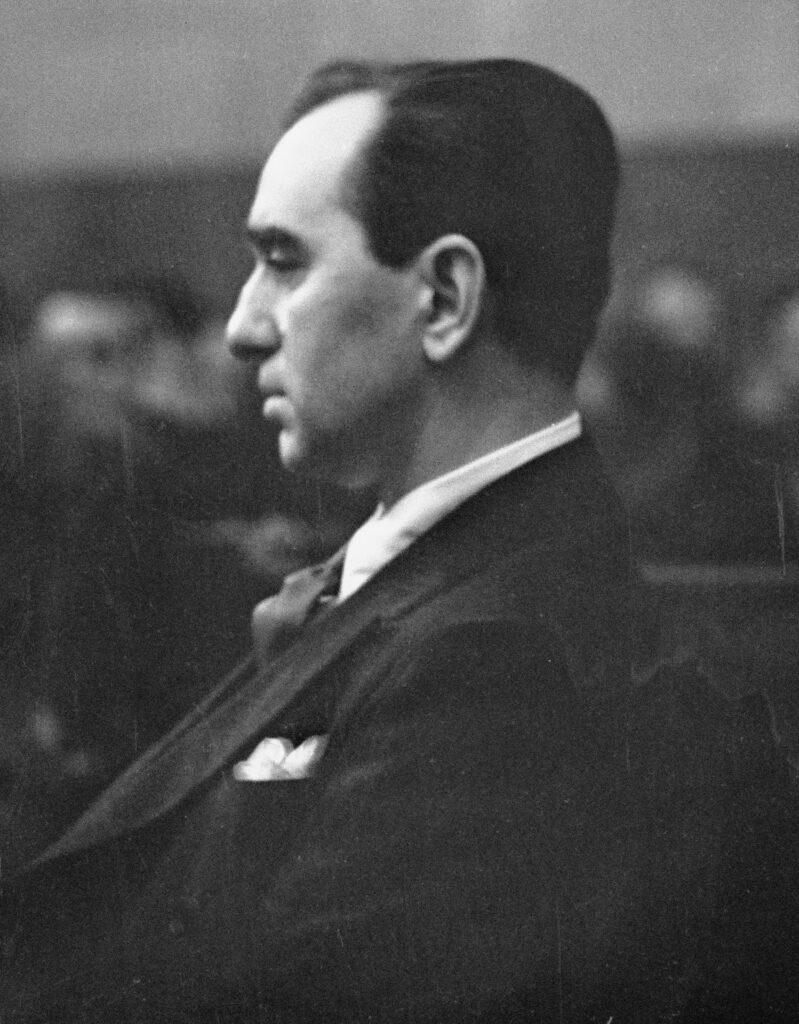
6. **Busby Berkeley’s Synchronized Swimmers**If you wanted jaw-dropping, eye-popping spectacle that made you forget your troubles, Busby Berkeley was your man in the 1930s! While not a ‘duo’ in the traditional sense, his choreographic genius created partnerships of massive scale, transforming groups of dancers and even synchronized swimmers into mesmerizing, kaleidoscopic patterns. His work wasn’t just dance; it was an architectural feat of human movement, and the 1933 film ‘Footlight Parade’ is a prime example of his utterly unforgettable vision.
Berkeley was a true innovator, a director and choreographer who saw the potential of film to create illusions previously unimaginable on stage. In ‘Footlight Parade,’ he took synchronized swimming and elevated it to an art form, crafting intricate formations that flowed with grace and precision. Imagine dozens of performers moving as one, creating dazzling geometric shapes and breathtaking visual effects that filled the screen. It was pure escapism, a choreographic marvel that encapsulated the era’s blend of showmanship and sheer ambition.
This ‘partnership’ of performers, moving in perfect unison under Berkeley’s masterful direction, showcased a unique kind of collective rhythm. It wasn’t about individual stars but about the power of many moving parts creating a single, breathtaking experience. His spectacles were so grand, so inventive, that they offered audiences a much-needed dose of wonder, cementing his place as an absolute legend who redefined what dance could be on the silver screen and proving that sometimes, the greatest ‘duos’ are really massive, perfectly choreographed teams!
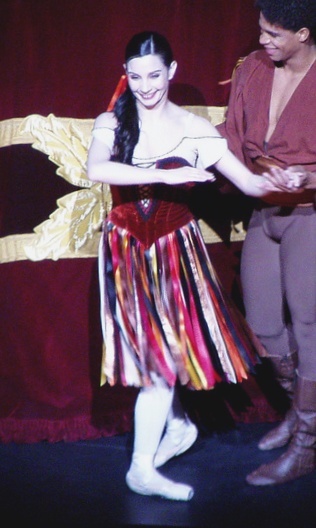
7. **Suzanne Farrell and George Balanchine**Speaking of iconic pairings, let’s pirouette over to a partnership that forever shaped the world of classical ballet: Suzanne Farrell and George Balanchine! Now, while their most famous collaborations might have blossomed a bit later, Balanchine himself had a direct, powerful connection to the vibrant 1930s dance scene, training the Nicholas Brothers for ‘Babes in Arms’ in 1937. This shows how the decade’s spirit of innovation wasn’t confined to Hollywood, but was already influencing the broader ballet world, paving the way for his profound artistic relationships.
Suzanne Farrell, a name synonymous with grace and technique, received a full scholarship to the illustrious School of American Ballet and quickly became one of the most famous ballerinas to join the New York City Ballet during Balanchine’s tenure. Balanchine, a visionary choreographer, saw something truly special in Farrell—that elusive ‘certain je ne sais quoi’ that great ballet masters always seek. He believed that technique was just the starting point, and he meticulously honed her talents, guiding her privately to unlock an artistry that went far beyond mere perfect steps.
Their partnership was so deep that many referred to Farrell as Balanchine’s muse, and he actually created several parts in his ballets with her specific flair and unique gifts in mind. While she was a breathtaking solo dancer, it was when she danced with Balanchine himself that some of her “most breathtaking moments” unfolded. This was a partnership of profound mutual understanding and artistic synergy, where the choreographer’s vision met the dancer’s exquisite execution in a dance that transcended mere steps.
The elegance and precision of this duo, and Balanchine’s lasting influence, are a testament to how the seeds of sophisticated dance, nurtured in the diverse ’30s musical landscape (even influencing flash dancers like the Nicholas Brothers), grew into the profound artistic partnerships of classical ballet. Farrell, true to her lineage, even went on to open a dance school that proudly continues to teach the distinctive Balanchine style, ensuring this legendary connection endures for future generations.
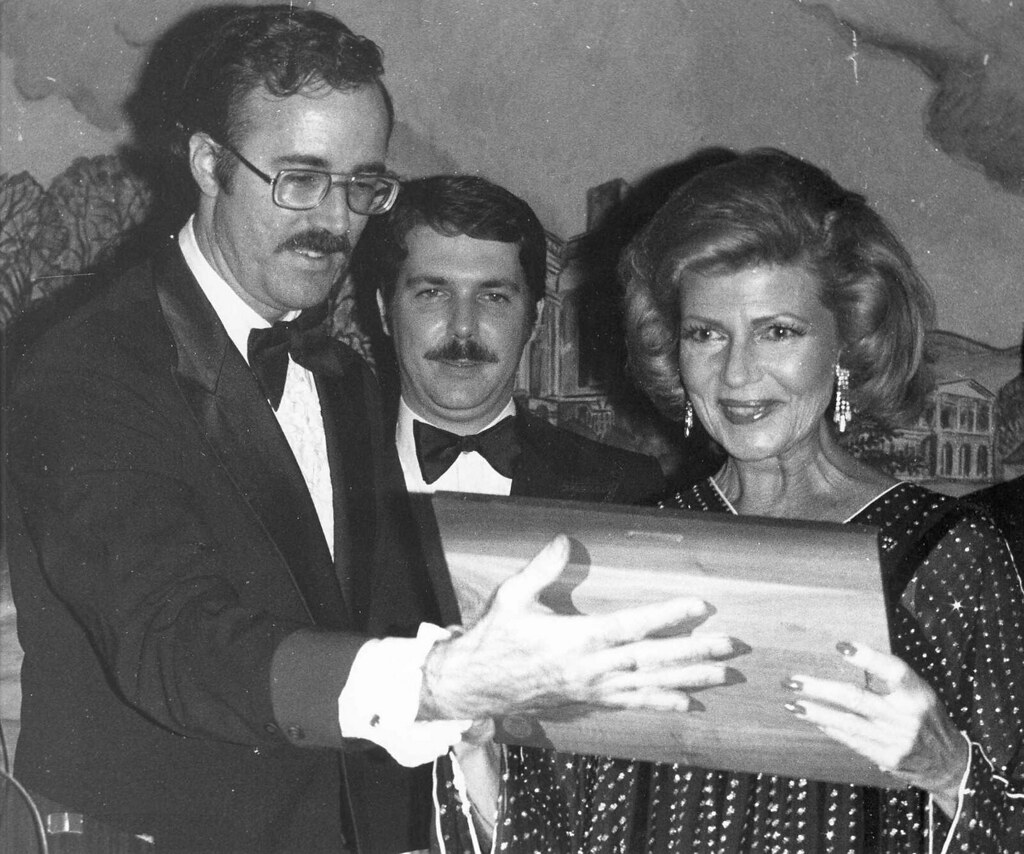
8. **Gene Kelly and Rita Hayworth**Alright, after all that ballet brilliance, let’s slide back into the glitz and glamour of Hollywood! While the 1930s set the stage, the 1940s brought us another scorching screen duo who built beautifully on that foundation: Gene Kelly and Rita Hayworth! Kelly, a powerhouse known for his athletic solo tap dance numbers, truly solidified his stardom alongside the magnetic Hayworth in films like ‘Cover Girl.’ They became a sizzling symbol of the evolving movie musical.
Now, it’s true, they might not have had as many joint dance numbers as our beloved Fred and Ginger, and perhaps not with the same fervent frequency. But don’t you dare underestimate their power! The context makes it clear: this couple possessed a “chemistry [that] is absolutely magical onscreen.” Their blend of vivacious energy and undeniable allure captivated audiences, making every shared moment an event. Just take a peek at their talents in ‘Long Ago (and Far Away),’ where their singing and dancing intertwine to create pure enchantment.
Kelly and Hayworth were the epitome of the next wave of Hollywood musical stars. Gene Kelly’s innovative choreography, which often fused ballet, jazz, and tap with an almost acrobatic energy, perfectly complemented Hayworth’s fiery screen presence and undeniable dance skills. Their work wasn’t just entertainment; it pushed the boundaries of cinematic dance, showing how the foundations of rhythm and movement established in the ’30s could explode into even more dynamic and visually stunning performances.
This partnership beautifully illustrates how the legacy of the 1930s—the burgeoning love for musicals, the celebration of dance, and the demand for charismatic onscreen pairings—continued to thrive and transform. Kelly and Hayworth embodied that evolution, ensuring that the golden age of movie musicals, kicked off with such verve in the ’30s, danced gloriously into the next decade and beyond, leaving us with a trove of unforgettable, magically rhythmic moments.
Read more about: Decoding the Decades: 8 Iconic 1950s Coats That Shaped Winter Fashion and Still Inspire Today

9. **Margot Fonteyn and Rudolf Nureyev**From the silver screen to the ballet stage, the passion for dance ignited in the 1930s truly paved the way for future generations of legends. And when we talk about ballet, we absolutely HAVE to talk about Margot Fonteyn and Rudolf Nureyev! They weren’t just a duo; they were the “most-loved and celebrated ballet partnership of all time.” Their names are etched into history, right up there with the dance gods like Pavlova and Nijinsky.
What made them so utterly captivating? It was the electrifying fusion of their individual brilliance. Nureyev brought a “youthful, brazen force” to the stage, a raw, untamed energy that was both mesmerizing and daring. Fonteyn, on the other hand, was pure “refined elegance,” a vision of grace and delicate power. When these two forces united, the context perfectly describes it: “magic happened onstage.” It was a spellbinding blend of passion, technique, and an almost telepathic understanding.
One of their most iconic performances, the ballet ‘Romeo and Juliet,’ showcased their unparalleled synergy. In the heart-wrenching balcony scene, their movements weren’t just steps; they were a conversation, a declaration, so perfectly synchronized that you could see “how perfectly these two dancers are able to work together.” Onstage, they transcended individual artistry, becoming “more like one entity than two separate dancers,” a singular embodiment of the tragic romance.
Though their peak performances graced stages in decades after the 1930s, their legacy is undeniably built upon the widespread cultural appreciation for dance that bloomed during that foundational era. The ’30s, with its diverse dance spectacles and cinematic ballets, helped cultivate an audience ready to embrace the profound artistry and emotional depth that Fonteyn and Nureyev brought to classical ballet. Their immortal partnership continues to inspire, a testament to dance’s enduring power to move hearts and souls.

10. **Mikhail Baryshnikov and Gelsey Kirkland**And the ballet brilliance doesn’t stop there! Carrying the torch of extraordinary artistry, we have another legendary pairing who graced the stages of New York: Mikhail Baryshnikov and Gelsey Kirkland. These two were hailed as “two of the greatest ballet dancers in New York at the time of their partnership,” and their combined talents created a truly unforgettable dynamic, pushing the boundaries of what was possible in classical dance.
Gelsey Kirkland, already a luminary and one of the esteemed ‘Balanchine ballerinas,’ possessed a “virtuoso talent” that demanded nothing less than an “extremely strong partner for her pas de deux numbers.” Enter Mikhail Baryshnikov, whose own “extraordinary” talents in ballet made him the perfect match. Their partnership was a spectacular meeting of equals, a symbiotic relationship where each dancer elevated the other to dizzying new heights of expression and technical mastery.
Their most famous pas de deux numbers were drawn from the beloved classics: ‘Coppelia,’ ‘Don Quixote,’ and ‘The Nutcracker.’ In these performances, they didn’t just dance the roles; they embodied them, bringing a nuanced emotional depth and breathtaking physical prowess to every leap, turn, and lift. Audiences were consistently spellbound by their precision, their passion, and the sheer communicative power of their shared movement.
The 1930s, as we’ve seen, planted a profound seed of appreciation for all forms of dance, legitimizing its power to entertain and inspire. This cultural shift laid the groundwork for the explosion of balletic talent and partnerships like Baryshnikov and Kirkland in later decades. Their work is a direct lineage from that vibrant foundation, demonstrating how the pursuit of rhythm and movement evolved into such intensely virtuosic and emotionally resonant classical forms, ensuring dance’s place as a truly transcendent art.
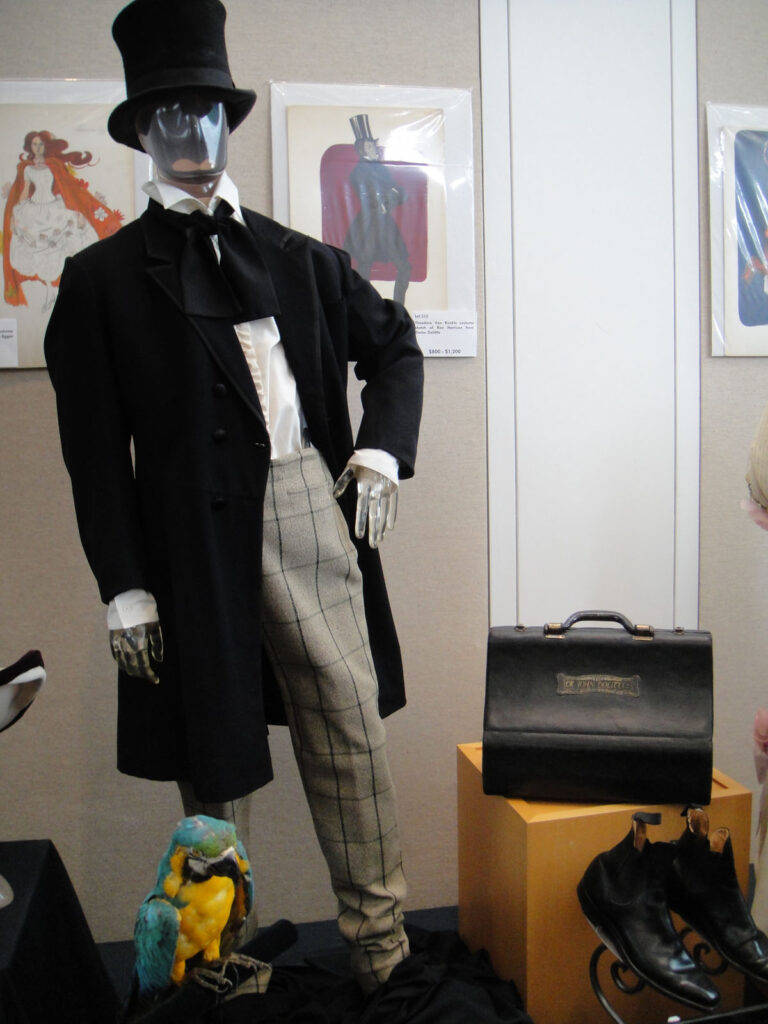
11. **Julie Andrews and Rex Harrison**Let’s wrap up our journey back on the grand stage of musicals, a realm that truly took flight and found its rhythm in the 1930s! While we’re fast-forwarding a couple of decades, the partnership of Julie Andrews and Rex Harrison in the 1950s production of ‘My Fair Lady’ is an absolute must-mention. Their iconic waltz not only “made headlines” but perfectly illustrates how the vital role of dance in musicals, so firmly established in the ’30s, continued to enchant and define the genre.
Their legendary waltz in ‘My Fair Lady’ was far more than just a dance; it was a pivotal moment in the narrative, “laced in anticipation of a relationship that is changing.” Every step, every turn, conveyed a powerful, unspoken story of connection and transformation. And let’s be real, dancing in a “beautifully costumed ball, in the grandest of ballrooms one can imagine,” just added to the indelible magic of the scene. It had all the “necessary elements to be remembered for decades.”
This pairing showed how dance remained an absolutely crucial element of stage musicals, building on the innovative choreographic traditions and the audience’s hunger for spectacle that the 1930s had so brilliantly cultivated. Andrews’ radiant presence and Harrison’s sophisticated charm, intertwined in that famous waltz, proved that dance could be both deeply emotional and utterly magnificent, a cornerstone of storytelling that resonated deeply with theatergoers.
Read more about: Jerry Adler: From Broadway’s Backstage Maestro to Scene-Stealing Screen Icon – A Life Reimagined at 96
So, as we finally curtain call on this dazzling deep dive into dance legends, it’s clear that the ’30s wasn’t just a decade; it was a launchpad. The infectious rhythms, daring innovations, and unforgettable partnerships of that era—from the screen to the stage—created an enduring legacy. Artists like Andrews and Harrison, and the many others we’ve celebrated, continued to build upon that vibrant foundation, proving that the magic of movement, the sheer joy of rhythm, truly never fades. These legends, whether in synchronized spectacles, elegant ballets, or charming waltzes, remind us that dance is, and always will be, a timeless language of the heart.

